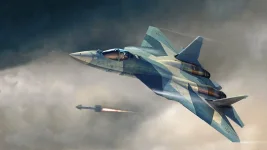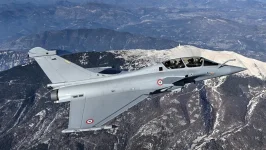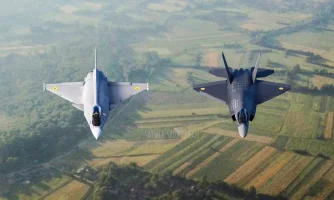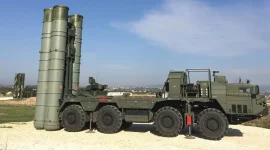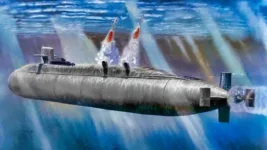New details emerging from a reported May 2025 aerial engagement, codenamed "Operation Sindoor," suggest a significant intelligence windfall for India.
Defence sources indicate that while the Indian Air Force (IAF) publicly displayed a small number of recovered Chinese-made PL-15E missiles, the actual number retrieved was at least 10 intact or minimally damaged units.
These missiles, recovered from Indian territory after being fired by the Pakistan Air Force (PAF), provide India's Defence Research and Development Organisation (DRDO) an unprecedented opportunity to analyze their core technologies.
The primary focus is on the missile's advanced Active Electronically Scanned Array (AESA) seeker and its sophisticated electronic counter-countermeasure (ECCM) capabilities.
The India-Pakistan skirmish escalated on May 12 amid heightened tensions. It involved PAF J-10CE fighters—a modern 4.5-generation aircraft exported by China—launching salvos of PL-15E missiles.
The PL-15E is the export variant of China's primary long-range air-to-air missile (BVRAAM), with a publicly stated engagement range of 145 km. Sources suggest the missiles were fired in a "DMAX" profile, a launch setting designed to maximize their kinematic energy and create the largest possible "no-escape zone."
Indian forces, operating Rafale and Su-30MKI jets, countered with a combination of indigenous electronic warfare (EW) suites. These included systems like the DRDO's 'Samyukta', a mobile, integrated EW system designed to intercept and jam enemy signals.
Eyewitnesses in border districts of Jammu and Kashmir reported seeing missiles crash harmlessly, with some deploying parachutes, after their proximity fuzes failed to detonate against Indian decoys.
The full scale of the recovery was not made public, according to insiders. While the IAF showcased five PL-15E specimens in a June 2025 briefing to demonstrate its EW effectiveness, sources claim the total number retrieved was at least double that figure.
"The numbers were deliberately lowballed to avoid revealing our intelligence gains," one source confided. The recoveries, spanning from Poonch to Kupwara, were reportedly conducted by quick-reaction teams from the Indian Army and Jammu & Kashmir Police.
Because the missiles either malfunctioned or failed to detonate, their critical internal components—including guidance sections, control fins, and battery compartments—were preserved, providing a valuable resource for technical analysis.
The technical failure of the missiles is attributed to a successful Indian counter-tactic.
The PL-15E relies on its onboard AESA seeker for the final "terminal" phase of flight to lock onto its target. An AESA seeker is difficult to jam because it can change frequencies rapidly, a key ECCM feature.
However, Indian EW operators reportedly saturated the spectrum with false targets using airborne systems and towed radar decoys, which mimic the radar signature of a fighter jet.
The missile's seeker, attempting to "burn through" the jamming, is believed to have exhausted its battery power while trying to acquire these numerous "ghost" targets.
This tactic, described by one source as "terminal menu aversion," forced the missiles to lose their lock and veer off-course before detonation.
For the DRDO's missile laboratories, the recovery of intact AESA seekers is a technological coup. These compact radars, likely using advanced Gallium Nitride (GaN) transmit/receive (T/R) modules, were previously known only through simulations or sparse debris.
Access to the hardware allows scientists to map the seeker's frequency-agile patterns and threat-prioritization algorithms. This intelligence is reportedly being directly integrated into the ongoing "Super Sukhoi" upgrade program for the IAF's Su-30MKI fleet and the simulation profiles for the Tejas Mk1A, significantly enhancing their survivability and evasion tactics against this specific threat.


